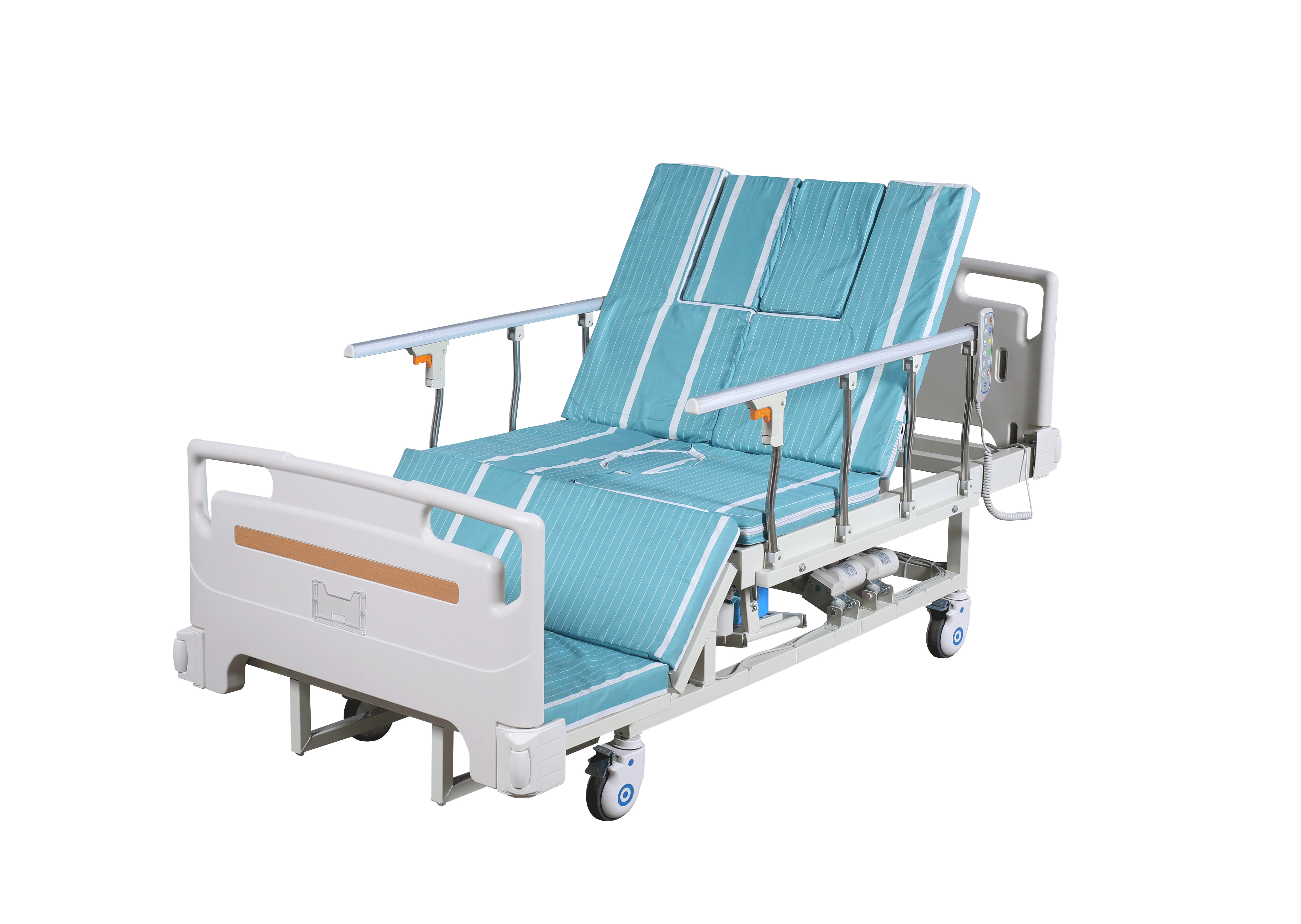Welcome to our websites!
physical therapy balance training equipment
Physical Therapy Balance Training Equipment Enhancing Stability and Mobility
Balance is a crucial aspect of physical health that plays an integral role in daily activities. Whether it’s walking, standing, or transitioning between movements, maintaining balance is essential, especially for the elderly, individuals recovering from injuries, or those with specific health conditions. Physical therapy often incorporates various training equipment specifically designed to improve balance. This article explores the types of physical therapy balance training equipment available, their benefits, and how they contribute to rehabilitation and overall health.
Types of Balance Training Equipment
1. Balance Boards These are platforms, often made of wood or plastic, that rock or tilt on a central pivot. They require the user to engage their core and stabilizing muscles to maintain an upright position. Utilizing balance boards can improve proprioception, coordination, and core strength.
2. BOSU Balls Half of a stability ball mounted on a rigid platform, the BOSU ball can be used on either side to offer an unstable surface for various exercises. It promotes balance, stability, and strength while engaging multiple muscle groups simultaneously.
3. Stability Balls Also known as exercise balls or Swiss balls, these large inflatable spheres can be used for a range of exercises. They encourage balance and stability, as users must engage their core to keep from rolling off. Stability balls can be particularly helpful for those recovering from back or joint injuries.
4. Foam Pads and Wobble Cushions These soft, cushioned surfaces create an unstable base for exercises. They’re effective for improving balance and coordination, as users must work harder to stabilize themselves. Foam pads are often used in static exercises, while wobble cushions can add a dynamic element to strength training routines.
5. Resistance Bands Although primarily used for strength training, resistance bands can enhance balance exercises by adding resistance. By incorporating bands into balance exercises, users can improve both stability and muscle strength, combining two essential components of rehabilitation.
6. Tactile Pathways These are sensory pathways made from various textured materials that encourage users to walk across them in barefoot exercises. Such pathways improve balance, proprioception, and sensory integration, making them particularly useful in therapy for children and adults alike.
physical therapy balance training equipment

Benefits of Balance Training Equipment
Using specialized balance equipment in physical therapy offers numerous benefits
- Improved Stability Engaging in balance exercises helps enhance stability, which is crucial for preventing falls, particularly in older adults. Enhanced stability leads to increased confidence in movements and activities of daily living.
- Injury Prevention By strengthening muscles and improving coordination, effective balance training can prevent injuries during physical activities. It prepares the body to handle unexpected movements or changes in terrain.
- Enhanced Proprioception Balance training helps individuals become more aware of their body’s position in space, improving coordination and movement efficiency. This heightened awareness is vital for athletes as well as those in rehabilitation.
- Rehabilitation For those recovering from surgery or injury, balance training equipment offers a controlled environment to regain strength and mobility. Gradual exposure to instability can help rebuild confidence and stability post-injury.
- Increased Flexibility & Strength Many balance exercises involve multiple muscle groups, promoting overall strength and flexibility. This multifaceted approach ensures comprehensive physical conditioning.
Conclusion
Balance training is a critical component of physical therapy that not only assists individuals in their recovery journey but also enhances their overall quality of life. With a range of equipment options available, therapists can tailor programs to meet individual needs, promoting optimal health outcomes. As balance is integral to movement and functionality, investing time and effort in balance training will pay off in improved stability, reduced injury risk, and a greater sense of well-being. Whether for rehabilitation or general fitness, physical therapy balance training equipment is an invaluable resource in the journey toward better health.
-
Navigating the Wholesale Landscape of Electric Mobility Solutions: Key Considerations for Power Wheelchair DealersNewsJun.10,2025
-
Navigating the Wholesale Market: A Comprehensive Guide to Procuring Wheelchairs and Mobility EquipmentNewsJun.10,2025
-
Navigating the World of Wholesale Rehabilitation Equipment: A Guide for DistributorsNewsJun.10,2025
-
A Wholesaler’s Essential Guide to Sourcing Hospital Furniture: Key Considerations with Hebei Boxin Recovery Equipment Co., Ltd.NewsJun.10,2025
-
A Wholesaler’s Definitive Guide to Sourcing Hospital Beds: Key Considerations with Hebei Boxin Recovery Equipment Co., Ltd.NewsJun.10,2025
-
Unveiling the Secrets of Sourcing High - Quality Medical Exam Beds for Sale: A Wholesaler's GuideNewsJun.10,2025
-
Essential Equipment for Ambulance and Emergency CareNewsApr.17,2025











